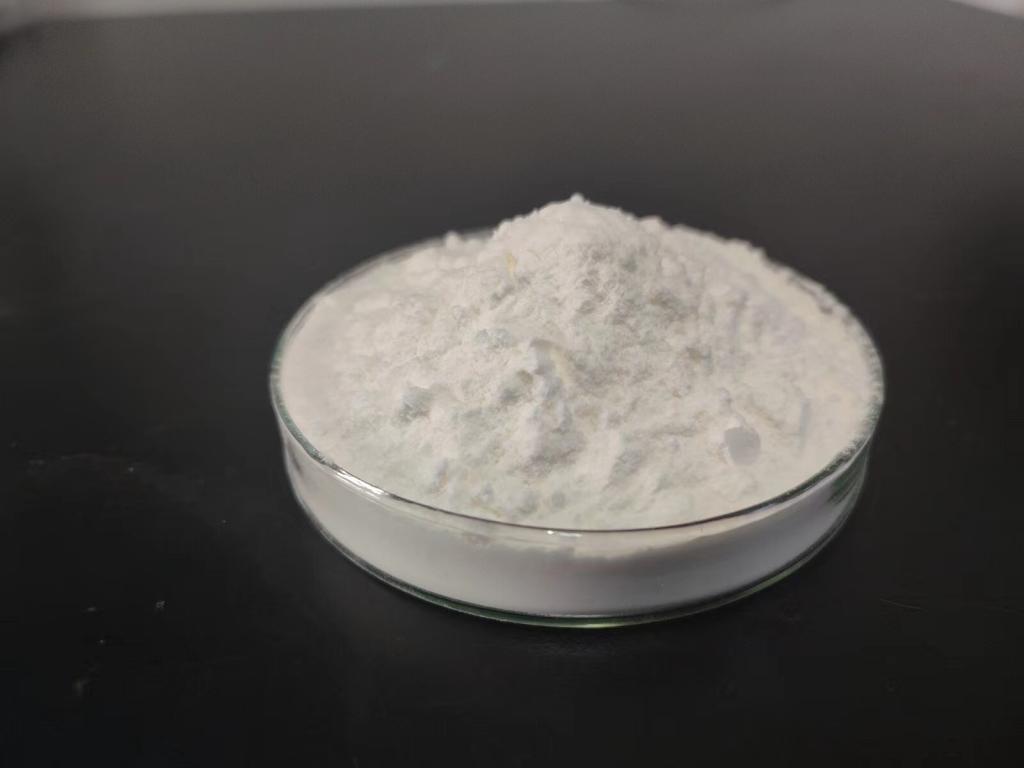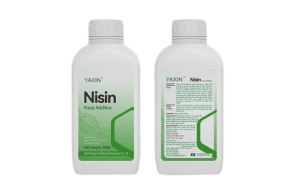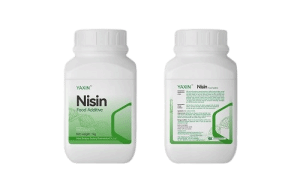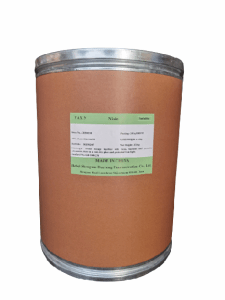Tel:+8618231198596

News
 CONTACT
CONTACT
 CONTACT
CONTACT
- Linkman:Linda Yao
- Tel: +8618231198596
- Email:linda.yao@dcpharma.cn
- Linkman:CHARLES.WANG
- Department:Overseas
- Tel: 0086 0311-85537378 0086 0311-85539701
News
How ε-Polylysine hydrochloride can be used in conjunction with cold plasma for food preservation.
TIME:2024-09-27
Understanding ε-Polylysine Hydrochloride:
ε-Polylysine hydrochloride is a natural biopolymer produced by certain strains of Streptomyces albulus. It is a cationic polypeptide consisting of 25-35 lysine monomers linked by amide bonds. ε-PL has been widely recognized for its broad-spectrum antimicrobial activity against a variety of Gram-positive and Gram-negative bacteria, as well as some fungi and yeasts. Its mechanism of action involves the disruption of the microbial cell membrane, leading to leakage of intracellular contents and ultimately cell death. ε-PL is approved for use as a food preservative in many countries, including Japan, China, and the United States, due to its safety and effectiveness.
Cold Plasma Technology:
Cold plasma, also known as non-thermal plasma, is a partially ionized gas that contains a mixture of ions, electrons, free radicals, and other reactive species. When applied to food, cold plasma can inactivate microorganisms, reduce enzymatic activity, and modify the surface properties of food without causing significant thermal damage. The antimicrobial effects of cold plasma are attributed to the generation of reactive oxygen and nitrogen species (RONS), which can oxidize cellular components and disrupt the integrity of microbial cells.
Synergistic Effects of ε-PL and Cold Plasma:
Enhanced Antimicrobial Efficacy:
The combined use of ε-PL and cold plasma can result in a synergistic effect, where the overall antimicrobial activity is greater than the sum of their individual effects. Cold plasma can create pores in the cell membranes of microorganisms, making them more susceptible to the disruptive action of ε-PL.
Studies have shown that pre-treatment with cold plasma followed by the application of ε-PL can significantly reduce the population of pathogenic and spoilage microorganisms on the surface of fresh produce, meat, and dairy products.
Extended Shelf-Life:
The dual treatment of cold plasma and ε-PL can lead to a longer shelf-life for perishable foods. Cold plasma can inactivate initial microbial loads, while ε-PL provides a sustained antimicrobial effect, preventing the regrowth of surviving or newly introduced microorganisms.
For example, this combined approach has been effective in extending the shelf-life of fresh-cut fruits and vegetables, which are highly susceptible to microbial spoilage.
Reduction of Chemical Preservatives:
By using cold plasma and ε-PL together, it may be possible to reduce the levels of conventional chemical preservatives required to achieve the same level of microbial control. This is particularly advantageous for consumers who prefer minimally processed and clean-label products.
The reduction in chemical preservatives can also improve the sensory qualities of the food, as some preservatives can impart off-flavors or textures.
Surface Modification and Barrier Properties:
Cold plasma can modify the surface properties of packaging materials, creating a more effective barrier against microbial penetration. When combined with ε-PL, this can provide an additional layer of protection, further enhancing the preservation of the food product.
The modified surfaces can also facilitate the adhesion of ε-PL, ensuring a more uniform distribution and prolonged release of the antimicrobial agent.
Application and Integration into Food Processing:
Pre-Treatment of Raw Materials:
Fresh produce, meats, and seafood can be treated with cold plasma to reduce the initial microbial load before being coated or dipped in a solution containing ε-PL. This pre-treatment step ensures that the food starts with a lower microbial count, which is then maintained by the presence of ε-PL.
Active Packaging:
ε-PL can be incorporated into active packaging films, which are then exposed to cold plasma to activate the antimicrobial properties. These films can be used to wrap or package food products, providing a continuous release of ε-PL and a physical barrier against contamination.
Combined Treatment in Processing Lines:
In food processing facilities, cold plasma generators can be integrated into existing washing or decontamination lines. After the cold plasma treatment, food items can be sprayed or immersed in an ε-PL solution, ensuring thorough coverage and enhanced antimicrobial protection.
Conclusion:
The synergistic use of ε-polylysine hydrochloride and cold plasma represents a cutting-edge approach to food preservation. By combining the broad-spectrum antimicrobial activity of ε-PL with the powerful decontamination capabilities of cold plasma, the food industry can achieve superior microbial control, extended shelf-life, and improved food safety. As research continues to refine the application of these technologies, their integration into food processing and packaging will likely become more widespread, contributing to a more sustainable and efficient food supply chain.
- Tel:+8618231198596
- Whatsapp:18231198596
- Chat With Skype







